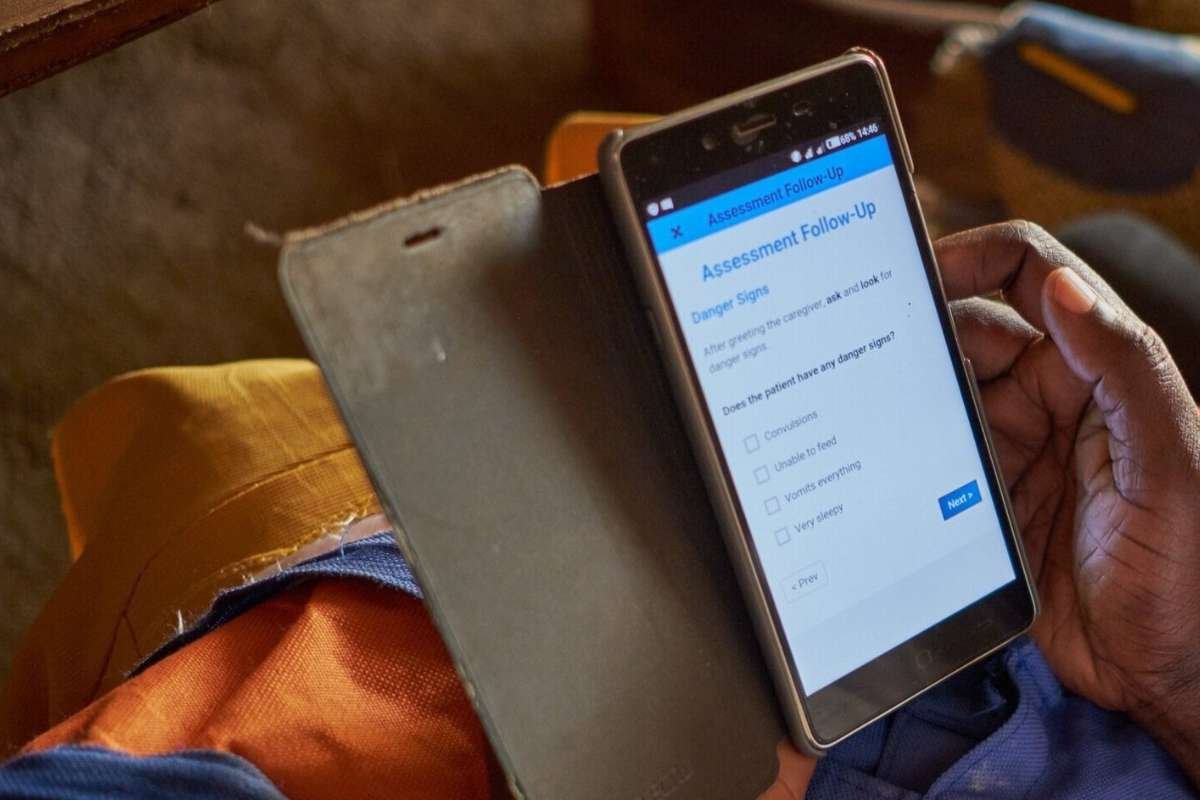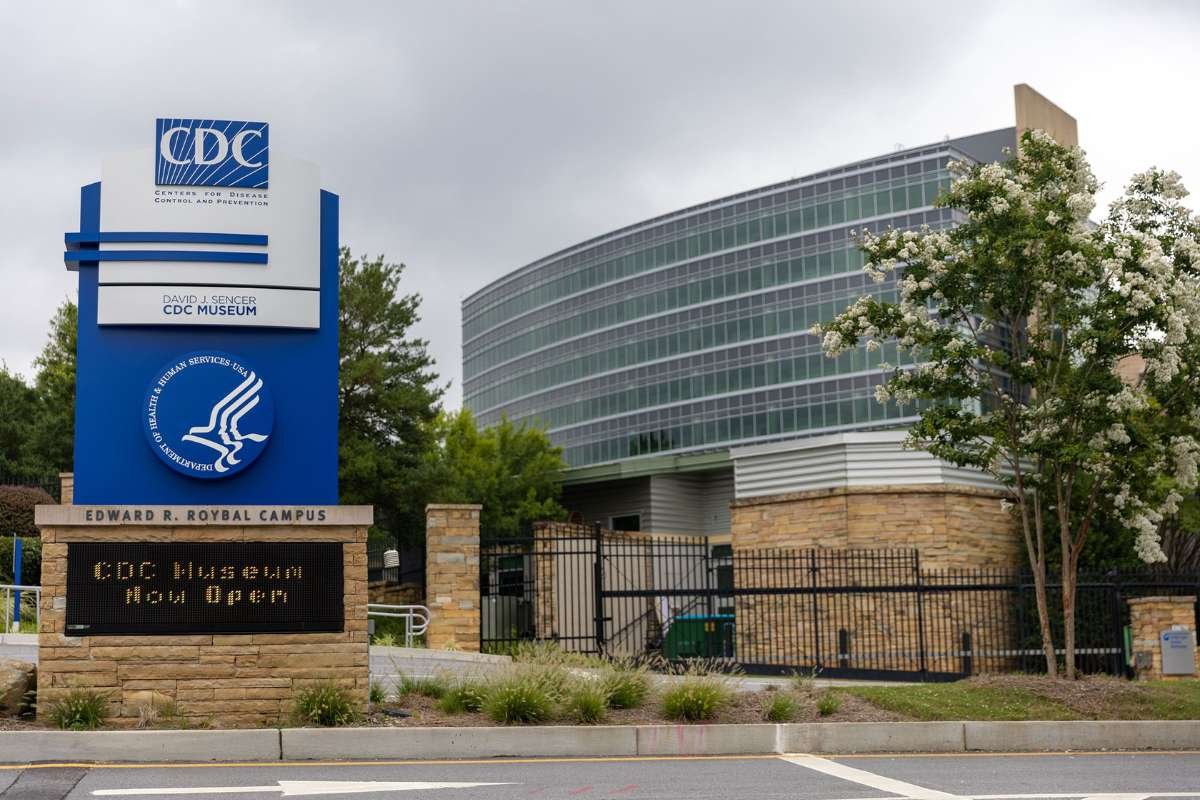In this medically advanced world, Community assessment tools play a vital role in identifying and addressing health concerns within the Community. These tools are created to collect and analyze data, understand health requirements, and convey strategies for improving health outcomes. If these tools are utilized effectively, Healthcare professionals can develop personalized medication that will benefit the target populations, making sure that resources are used for their well-being.
In this article, we will study and uncover the benefits of Community health assessment tools and present some of the most commonly used tools highlighting their roles in fostering a healthier Community.
What Are Community Health Assessment Tools?

Community health assessment tools are frameworks, software, or methods used to gather data about the health status, needs, and resources within a specific population. These tools help public health officials, non-governmental organizations, and policymakers understand the health landscape of a community, which is critical for designing effective health programs.
The tools often include surveys, focus groups, health data analysis, and mapping technologies. They also consider social determinants of health such as education, income, and access to healthcare services. With this information, communities can set priorities, allocate resources, and monitor progress toward health goals.
Why Are Community Health Assessment Tools Important?
1. Identifying Health Needs
Every community faces unique health challenges. Community health assessment tools allow for the identification of specific issues such as high rates of chronic diseases, infectious disease outbreaks, or mental health concerns. For instance, a rural area might lack access to healthcare facilities, while urban communities may struggle with air pollution or lifestyle-related illnesses.
2. Informing Policy and Programs
Once health issues are identified, these tools enable policymakers to craft targeted solutions. For example, if obesity rates are high, initiatives promoting physical activity and healthy eating can be introduced.
3. Resource Allocation
Health resources are often limited, making it crucial to direct them where they are needed most. By using community health assessment tools, decision-makers can prioritize high-impact interventions.
4. Monitoring and Evaluation
These tools are not just for initial assessments. They play a key role in monitoring the effectiveness of health programs over time. By revisiting data, communities can track improvements or identify new challenges.
Key Types of Community Health Assessment Tools
Several tools are widely recognized for their effectiveness. Here are some of the most commonly used community health assessment tools:
1. Community Health Needs Assessment (CHNA)
A CHNA is a structured process used by hospitals, local health departments, and non-profit organizations to identify and prioritize health needs within a community. This tool involves gathering quantitative data from health records and surveys, as well as qualitative data through focus groups and interviews.
2. Health Impact Assessment (HIA)
An HIA evaluates the potential health effects of a proposed policy, program, or project. For instance, an HIA might assess how building a new highway could impact community health by influencing air quality and access to services.
3. Geographic Information Systems (GIS)
GIS technology maps health data to visualize disparities and trends within a community. For example, GIS can highlight neighborhoods with limited access to healthy food options or high rates of hospital admissions.
4. Behavioral Risk Factor Surveillance System (BRFSS)
The BRFSS is a national survey tool that collects data on health-related risk behaviors, chronic conditions, and preventive service use. Communities can use this tool to identify behavioral factors contributing to poor health outcomes.
5. Community Tool Box
The Community Tool Box offers an online collection of tools for assessing and addressing community health needs. It includes guides, templates, and frameworks that help communities conduct assessments and implement health programs effectively.
Steps for Using Community Health Assessment Tools

Step 1: Define the Scope
Begin by defining the geographic area and population you want to assess. This could be a city, a neighborhood, or a specific demographic group.
Step 2: Collect Data
Use a combination of primary and secondary data sources. Primary data can be gathered through surveys, focus groups, or interviews. Secondary data can be obtained from public health records, census reports, and academic studies.
Step 3: Analyze the Data
Organize and interpret the data to identify patterns and key health concerns. Data visualization tools, like GIS, can be particularly useful for spotting trends.
Step 4: Engage Stakeholders
Involve local organizations, healthcare providers, and community members in the assessment process. Their insights can add depth to the findings and ensure the assessment addresses real-world needs.
Step 5: Develop an Action Plan
Based on the findings, create a strategic plan to address the identified health needs. Include measurable objectives and timelines to track progress.
Step 6: Evaluate and Revise
Regularly review the outcomes of implemented programs and adjust strategies as needed to ensure long-term success.
Challenges in Using Community Health Assessment Tools
While community health assessment tools are incredibly valuable, they come with challenges:
- Data Accessibility: Collecting accurate and up-to-date data can be difficult, especially in underserved areas.
- Stakeholder Engagement: Gaining the trust and participation of community members and organizations is not always easy.
- Resource Constraints: Conducting a comprehensive assessment requires time, funding, and expertise, which may not always be available.
- Data Interpretation: Misinterpreting data can lead to misguided interventions, making it essential to involve trained professionals in the process.
Success Stories
Example 1: Addressing Food Deserts with GIS

A city in the United States used GIS tools to map areas with limited access to fresh produce. Based on the findings, the city launched a program to establish farmers’ markets in underserved neighborhoods, significantly improving access to healthy foods.
Example 2: Reducing Obesity Rates with CHNA
A rural community hospital conducted a CHNA and discovered high obesity rates among residents. The hospital partnered with local schools and businesses to introduce fitness programs and healthier cafeteria options, leading to a measurable decline in obesity-related health issues.
The Future of Community Health Assessment Tools
The future of community health assessment tools lies in leveraging advanced technologies like artificial intelligence (AI) and machine learning. These innovations can process vast amounts of data quickly, identify trends, and predict health outcomes with greater accuracy. Additionally, mobile apps and wearable devices are becoming integral to health assessments, enabling real-time data collection from individuals.
Conclusion
The community health assessment tools have become crucial for understanding the health needs, creating targeted medications, and improving the outcomes. By integrating these tools into public healthcare strategies, various communities can make sound decisions in terms of promoting health equity and improving overall well-being. With time technology has evolved, and these tools have become handy to help communities combat health complications in a better way.
By highlighting the use of community health assessment tools, public health professionals have ensured to meet the needs of the population they serve, resulting in healthier and more spirited communities.
Don’t Miss Out! Your Next Read is Just a Click Away: Vocera Communications – Stressbusters for Community








